Notes on Trespassing
The draw, the dread and the delight of abandoned places.
“How often do I have to tell you? Nowhere is clean! Don’t step off the bloody path!” Steve was losing his temper. He was sweating. Dark patches had bloomed between the shoulders of his grey suit jacket.
“If you leave the tarmac, you’ll be treading through strontium-90, kicking it up - and you really don’t want to breathe that stuff in!”
We were walking towards a kindergarten. You could see empty desks through broken window panes, little chairs where the pupils would have sat, and potties for the tiniest infants stored away on shelves, each with a number to it, each presumably denoting a small child, each denoting a small bottom. (Every one of them belonging to an adult now.)
I told the cameraman to come out from the overgrown yard back onto the path. Steve was right: it was a lot more sensible to keep off the grass. Although wandering in office shoes and clothes through the remoter parts of Chernobyl’s abandoned dormitory town barely qualified as a sensible idea in the first place.
Pripyat had been liberally doused in radiation, was littered with broken glass and fallen masonry, and there were many unexpected ways to come to a sticky end there. Including the wildlife: the town now belonged to elk - we had seen a vast local example wandering down the high street on an earlier trip - and we were warned that wolves were now in charge of the night shift hereabouts.
But then I had never been in the market for ‘sensible’.
The control room at Chernobyl’s Reactor 4, and what remains of the operations desk and switches with which the test procedure that led to meltdown was initiated. (photo: ©Chris Booth)
On this occasion, I was working in the comms team of the European Bank for Reconstruction and Development, making a video about Chernobyl. It frustrated Bank project managers like Steve, charged with the hugely important, and monumentally difficult, task of making the site safe that we ‘TV guys’ always wanted to pop along to Pripyat. They didn’t see the point - surely the work to build a colossal shelter over the crumbling concrete sarcophagus that the Soviets had hastily built around Reactor 4, or the urgent efforts to relocate spent nuclear fuel from a leaky pond, were more than enough?
Yes, up to a point. But the workers’ ghost town was exceptional in capturing one’s imagination. It was awe-inspiring on a completely different level. I tried to explain to Steve why we had to go back again, and I don’t think I managed very well. A decade or so later, this essay is another attempt to answer Steve’s question - for my benefit, this time.
The supermarket in Pripyat. The town’s importance meant workers enjoyed better stocked shelves than other provincial backwaters. The signs read ‘Vegetable juices, Fruit juices, Cheese and Cottage Cheese, Animal Fats, Meat, Sausage, Biscuits, Sweets’. (photo: ©Chris Booth)
Pripyat is slowly falling to pieces beyond the armed checkpoints that demarcate the 30-km ‘Exclusion Zone’. It was established around the nuclear power plant following the accident on April 26th, 1986. By mid-May, more than 110,000 people had been evacuated from it. 45,000 of them were the plant workers and their families who lived at Pripyat.
For all its apocalyptic ruin, the landscape of the End of Days felt almost homely to me. An abandoned shopping trolley near the soft drinks aisle; a phone box with the receiver dangling from a cable; a swimming pool whose chronometer had stopped timing lengths long, long ago.
Pripyat looks like a suburb that’s been hit by a meteorite. The apotheosis of bland; as though Croydon had its own miniature Croydon, but throughout the postcode entropy has shifted into warp speed and run wild.
I had been 16 in 1986. Treading through the brickbats and shards of glass more than 20 years on, I could imagine myself thinking up an excuse to dodge swimming lessons, with three kopecks in my pocket to make a phone call to my friend Andy - Andrei, in this case, he would have been - to ask if he wanted to get his bike and see if we could buy some booze at the fairground. “Make sure your mum and babushka don’t catch you!”
(The funfair at Pripyat. Photo: ©Chris Booth)
I grew up in a big house, not a Soviet apartment. But the tingle of - what was it? Not fear alone, but the alloy of trepidation and expectation I felt in Pripyat was similar to how I had felt as a little boy, in short trousers, discovering I could get into the crawl space under the eves. A screwdriver removed a wooden hatch, and there was just enough room to make an encampment (if you were seven or eight years old).
I brought an apple, a torch, and the screwdriver, of course to prize up the plank boarding with it, but finding only bits of wire or plastic sheathing, or mouse droppings. But I felt certain there must be more, something of incalculable value, if I came back again, with better tools and a bit more determination. As if the fear I experienced (of being found, and punished, or of something dark and unspeakable coming round the eves the other way) meant there was simply bound to be a reward worth the suffering for.
The ruins of the ancient Armenian capital, Ani, in 1991. In the foreground, the Church of the Holy Redeemer. In the middle, the Cathedral of the Holy Mother of God, with the minaret of the Manuchihr mosque in the background. (photo: ©Chris Booth)
Years later, in 1991 a college bar brag saw me set off in the summer vacation with a rucksack to the Middle East. “I’ll send you a postcard from Beirut,” I promised. Ever since I had seen a city with a sleek corniche and starlets in miniskirts shred itself on the news each night, I had sworn to see it one day.
It was just after the end of the first US-led war against Saddam Hussein, the George Bush Snr iteration, and as I travelled in a big arc from Istanbul, through eastern Anatolia and down through Syria, I was often the only foreigner. At the famed city of Petra in Jordan, rammed with tourists and Instagrammers now, it was laid on just for me, the horse I rode and a Bedouin guide that picked our way down the narrow defile, the Siq. The rock faces were so close in places you could almost stretch out both arms and span the canyon as you rode slowly towards the Treasury. When the Siq suddenly opened out, and the fabledcity cut from cliffs of terracotta, carmine and ochre appeared before us, our company was merely a few gypsy children pasturing goats.
I never made it to Beirut. The bar room bet went unmet. But I had seen many other wonders in my ultimately failed quest. At the very northeastern edge of Turkey, near the town of Kars that had once been Russian, with its Tsarist architecture from somewhere near Smolensk squatting incongruously on the Anatolian plain, I was astonished by Ani.
A mediaeval Armenian capital, Ani was sacked in 1064 by the Seljuk Turks after a 25-day siege. The population was massacred by the victor, Alp Arslan. A Turkish annalist quoted an eyewitness:
“The army entered the city, massacred its inhabitants, pillaged and burned it, leaving it in ruins and taking prisoner all those who remained alive...The dead bodies were so many that they blocked the streets; one could not go anywhere without stepping over them. And the number of prisoners was not less than 50,000 souls. I was determined to enter the city and see the destruction with my own eyes. I tried to find a street in which I would not have to walk over the corpses; but that was impossible.”
The Turks sold Ani to a Muslim Kurdish dynasty, and the city and those who lived there were ruled by successions of Mongols, Georgians, Persians and Turks, either by agreement or, in its absence, as a consequence of invasion. Being situated across international trade routes brought not only the prospect of fabulous riches, but of constant jeopardy, too.
In the summer of 1991, the Soviet Union was in its final throes - I read in the papers when I landed in Istanbul that Gorbachev had been put under arrest at his coastal dacha, and a junta of old men in bad suits had taken charge. But the USSR had not yet collapsed. Ani was right on the border of the then Soviet Republic of Armenia, and I needed written permission from the Turkish gendarmerie in Kars to visit it. After 48 hours elapsed, I had my chit, and a strict instruction to take no photographs: the watchtowers over the border were still manned by Red Army grunts who had been known to take pot shots.
A proto-selfie, using my camera’s timed shutter release, on the top of the minaret in Ani. The view is in the reverse direction to the photograph above. (photo: ©Chris Booth)
It wasn’t clear if it was strictly speaking permitted to climb up the minaret in Ani, but there was nobody around to stop me. The few structures still standing, built from red volcanic rock and considered in their day to be marvels of modern architecture, were scattered below, the remnants of a metropolis worth fighting for.
On top of the minaret, you could listen to the summer breeze murmur. Perhaps it carried with it the sound of laughter in the streets, and liturgy rising from the legendary number of places of worship. Or possibly the hoofbeats of approaching barbarian hordes.
In places such as Ani, even when very little today is left, your imagination readily supplies the mental CGI to fill in the backdrop. The synecdoche of a collapsed church wall, or a well trodden city street, now a weedy footpath, is all it takes.
Queen Zenobia of Palmyra, by Herbert Gustave Schmalz, 1888.
The fruitless journey toward Beirut would take me through Syria. At that time, access to what was then still called The Lebanon was granted (or wasn’t, as it turned out in my case) by functionaries in Damascus.
While pondering how to get a visa to get over the border, my edition of Lonely Planet - the Baedeker of the 1990s - was insistent that a trip to Syria would be incomplete without visiting Palmyra. The remote jewel in the east had been the demesne of Queen Zenobia, renowned in antiquity for her wit as well as her fabulous beauty. My kind of girl. Clearly worth a desert detour.
The most recent ruination wrought on Palmyra was by modern barbarians from Islamic State. In 2015, they forced locals to watch them behead Syrian soldiers in the ancient amphitheatre, and then systematically destroyed most of the architectural marvels to which I had enjoyed unfettered access in August 1991. Not just the temples and statuary, but also the funerary towers, I gather.
These were located outside the city, in the Valley of the Tombs, and each was divided into levels that were in turn separated into loculi for the storage of the sarcophaguses in which wealthy Palmyrians were immured by death.
The Valley of the Tombs, outside Palmyra, August 1991. (photo ©Chris Booth)
Lonely Planet said the towers had been raided by robbers long ago, the elaborate coffins with images of their contents painted on lacquered cases had been broken open in search of loot.
I made my way across the sands from the Temple of Bel to the necropolis, chose a tower, and shimmied up to take a look. It was hot, sweat dripped into my eyes; the handholds were dusty, and my shoes had been bought on Guildford High Street and not worthy or capable of following in the footsteps of Gertrude Bell or Lawrence of Arabia. They wouldn’t have shopped at Dolcis.
I heaved myself upward to try to glimpse into one of the loculi, eyeline slowly rising above the stonework until suddenly my gaze was met by the empty sockets of a skull. He or she had long since gone the way of all flesh. As had my lovely Zenobia, of course. And as, in turn, would I. It was horrible, wonderful, intoxicating, shameful.
Shameful, because although nobody had seen me (apart from the blank stare that countered my own), it had been an intrusion, if not an outrage. I had trespassed - ‘over-stepped’, from old French. Crossed the line between what was seemly, and what should remain unseen. Between history and the present; and in this case, between the realms of life and death.
And yet it was intoxicating not only as adventure, but the more so for all these transgressions I had wilfully, knowingly, almost lasciviously engaged in.
For this was not Haslemere.
This was, at last and thank God, utterly elsewhere.
Haslemere railway station, the start of many adventures. The savages causing the damage in this instance were ram-raiders who got away with the ATM machine one Christmas Eve. Presumably they were quickly struck off the ‘nice’ list by S. Claus. (Photo: ©Farnham Herald)
There was woodland near our house where I used to ride my Raleigh Ranger bicycle, provisioned with a beaker of orange squash and an apple in the saddlebag. I would have a 5p piece in my pocket, too: for a call home from a phone box in case of unexpected delay through puncture, or getting very lost, or some other middle class childhood Armageddon.
One afternoon, I discovered a brick structure a few yards off the bridleway, almost sunken into the brambles and leaf mould. I dumped the bike, felt my shins scratched by the thorns, and crept carefully towards the dark concrete orifice of this unexpected Sesame.
It might have been an air raid shelter. I very much hoped it was: I was obsessed with the comic books about World War II, and the plucky Brits who reliably defeated the Krauts by the turn of the final page.
“Is there anybody there?” I half whispered, knowing there ought not to be, but still allowing for the possibility of a scared German paratrooper who had lost his way, and might be armed with Luger. (“Hande hoch, Englischer schweinhund! Schnell!” - any boy brought up in 1970s Britain has at least this much German.)
I stepped over the threshold and down the wet concrete steps. The interior was damp, but not dank, in the wooded half-light. Rather than foetid, it smelled fecund - it had to be loaded to the absolute brim with adventure!
There was no sign of Germans, or indeed of any other human presence. Not even a empty packet of Golden Wonder crisps, ubiquitous at the time, or a spent bottle of cooking sherry - Haslemere presumably had a drunkard who was keen on cut-price amontillado, because the woods were littered with his empties. Or hers.
(A few years later, I gathered them up and took them to the off-licence. In those days, there was a 10p deposit on the bottle. It was my first, possibly final, experience of sudden, unearned wealth.)
Unlike the secret sherry-tippler, who was on the black runs, I was on the nursery slopes of a different addiction: for ever-greater escapades. I had burst through the wardrobe in the spare room of my cosseted middle class upbringing. There were no fawns the other side, but several snow queens, and a lot of men with guns, in the career I eventually chose, by way of Moscow and the ‘Wild East’ of the early 1990s.
Prospekt Mira - Peace Avenue - in Grozny, early 1995. (Photo: ©Chris Booth)
The Chechen capital, where I witnessed war for the first time, was systematically destroyed in a matter of weeks almost exactly 30 years ago. The work was completed in the end with an efficiency the Mongol hordes could only have dreamt of.
Unlike Ani, Palmyra or Pripyat, however, when I arrived with a cameraman, the gaping facades and shattered window frames were still haunted by more than spectres.
When at last we found a way back into the city after its ‘liberation’, we found men and women improbably alive, living like 20th century troglodytes. They hunkered in the basements of buildings that had been razed by bombardments of Old Testament ferocity and wanton cruelty. They would creep out quickly to gather puddle water, or bury the dead in courtyards scattered with shrapnel, as the distant crump and whump of artillery echoed round Grozny from the fighting that continued for other towns.
Most were Russians, who had nowhere to go, unlike their Chechen neighbours in the capital who had relatives in mountain villages, and shelter, while the storm of munitions passed over their abandoned apartments, and levelled them.
The focus of much of the fighting for Grozny was the ‘Presidential Palace’, where the breakaway Chechen government headquartered resistance to the assault by federal troops. Early 1995. (Photo: ©Chris Booth)
Looking back, I realise it was on the streets of Grozny (and Budyonovsk, Pristina, Panjshir, Beslan, Baghdad… shortwave stations on the dial of Radio Misery) that my taste for trespass lost any vestiges of innocence.
It is far easier to wrong the living than wrong the dead. As a journalist, one must necessarily intrude, of course: you are the Man Who Fell to Earth among the refugees, destitute, wounded, the desperate. One takes what one requires on a safari from which you can choose to return: the soundbite, the tearful shot to wrap a TV report while the viewers eat their fishfingers, or fondle a night cap at bedtime, before the sport and weather.
Some people willingly let you into your lives. As a witness, you perhaps do them a service by listening, while also satisfying your curiosity, making the deadline, beating the competitor news organisations, getting paid.
Others you meet wish you had been killed, like those they have suddenly lost, and preferably in their place. Sometimes this realisation dawns many years later: you recall the look in the eye of the woman you had shoved the mic towards, urging her to speak. “Say it again, but maybe shorter?”
You understand at last that often it was easier to keep company with the dead, who may be more able to forgive the foolishness of the living.

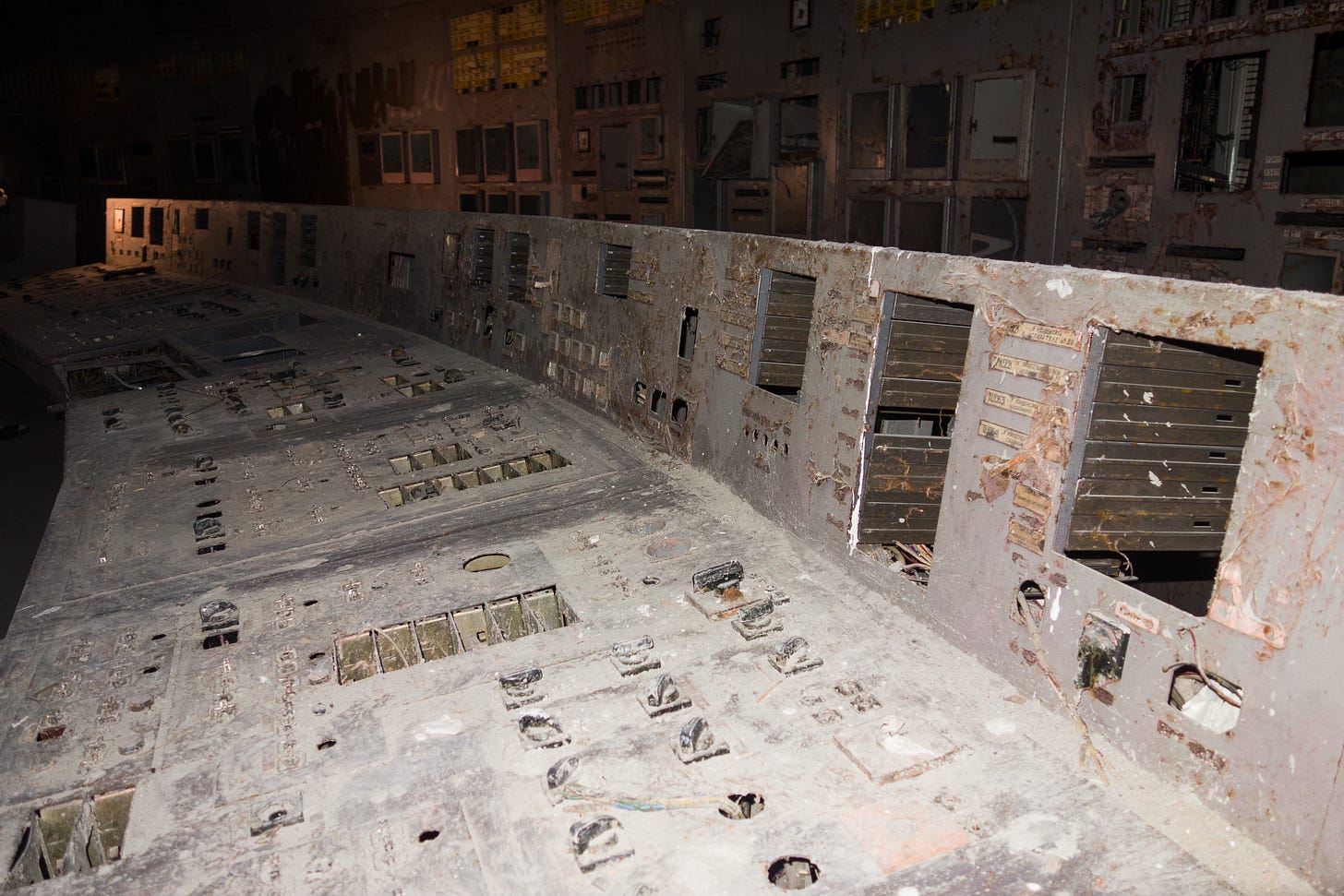
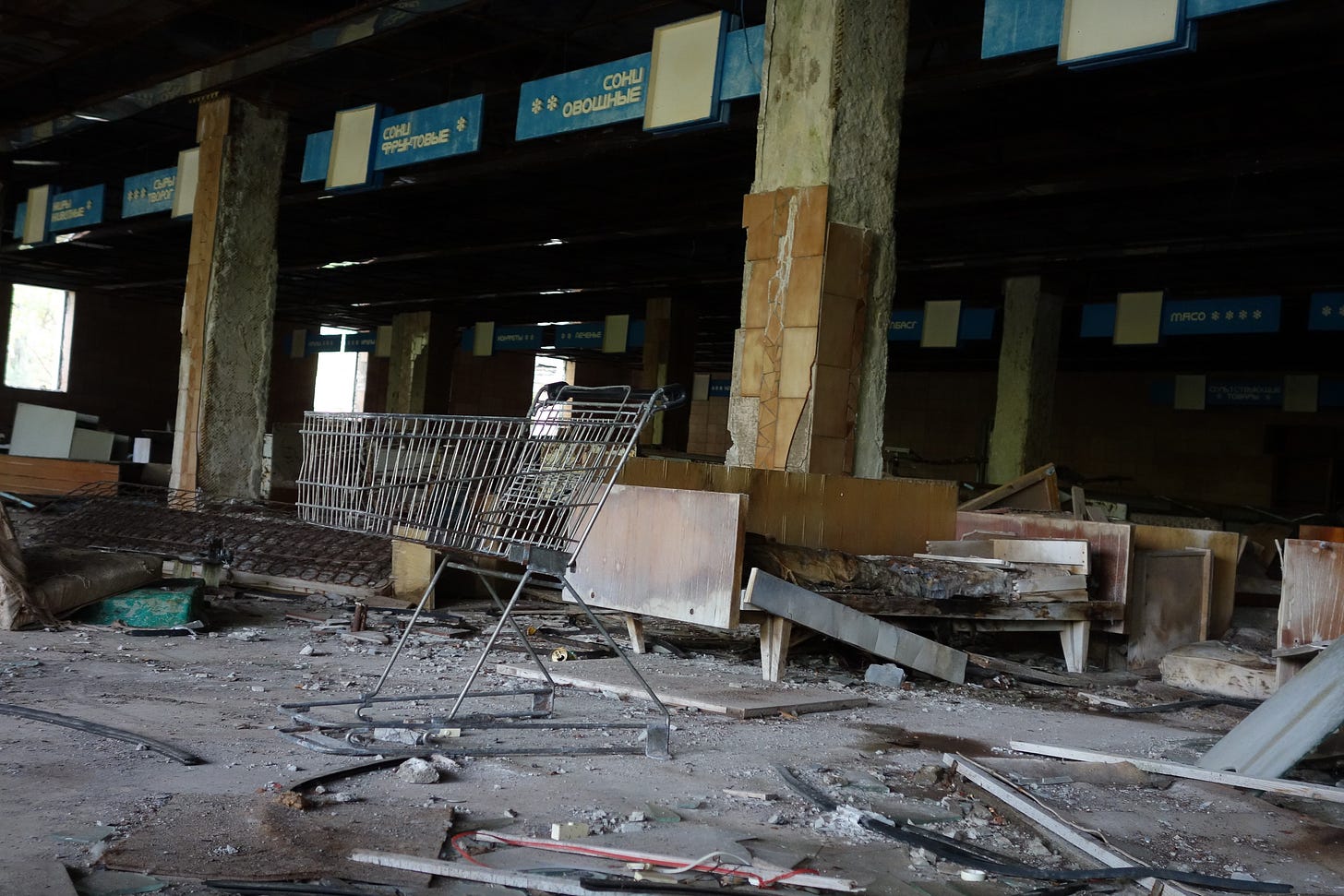
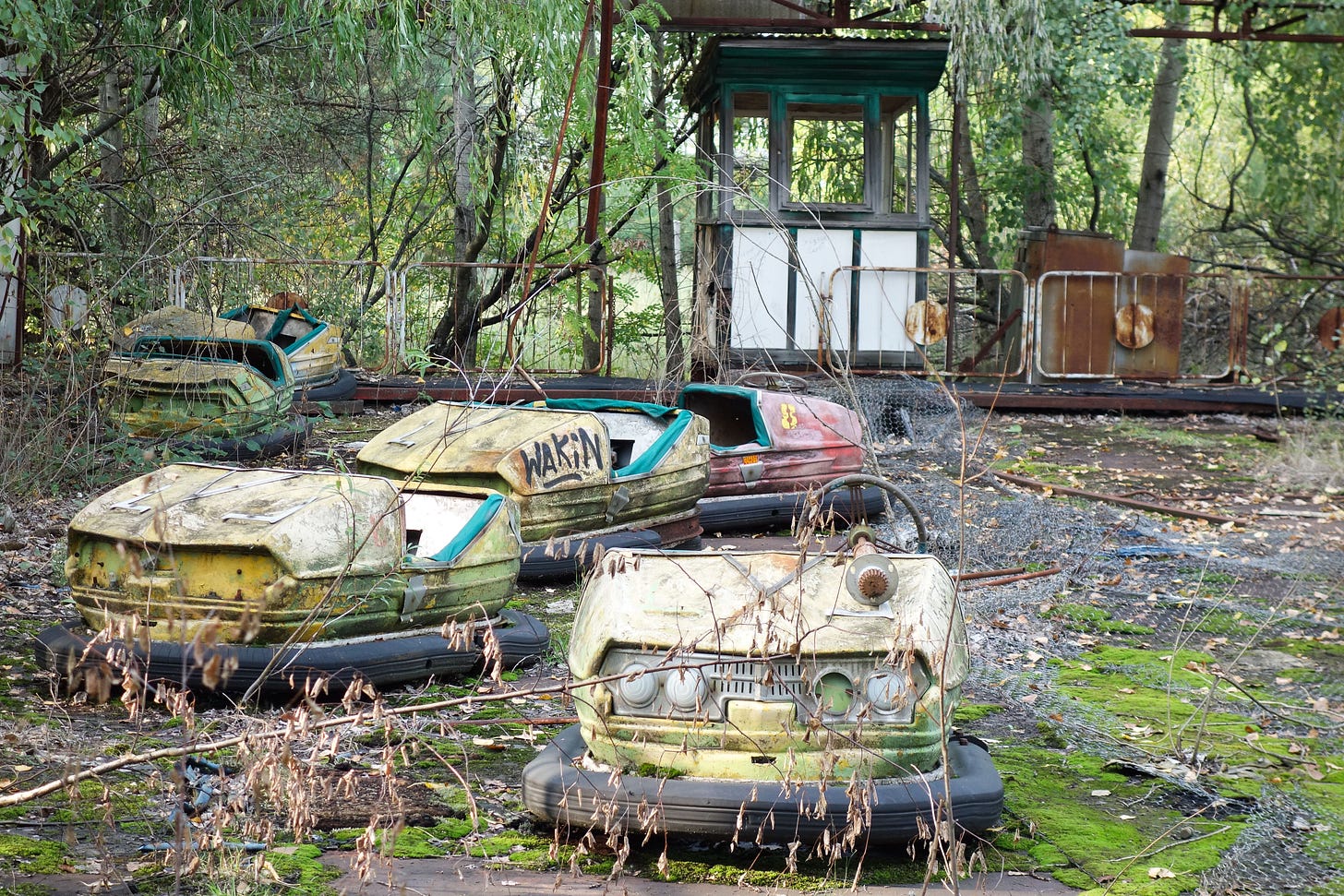
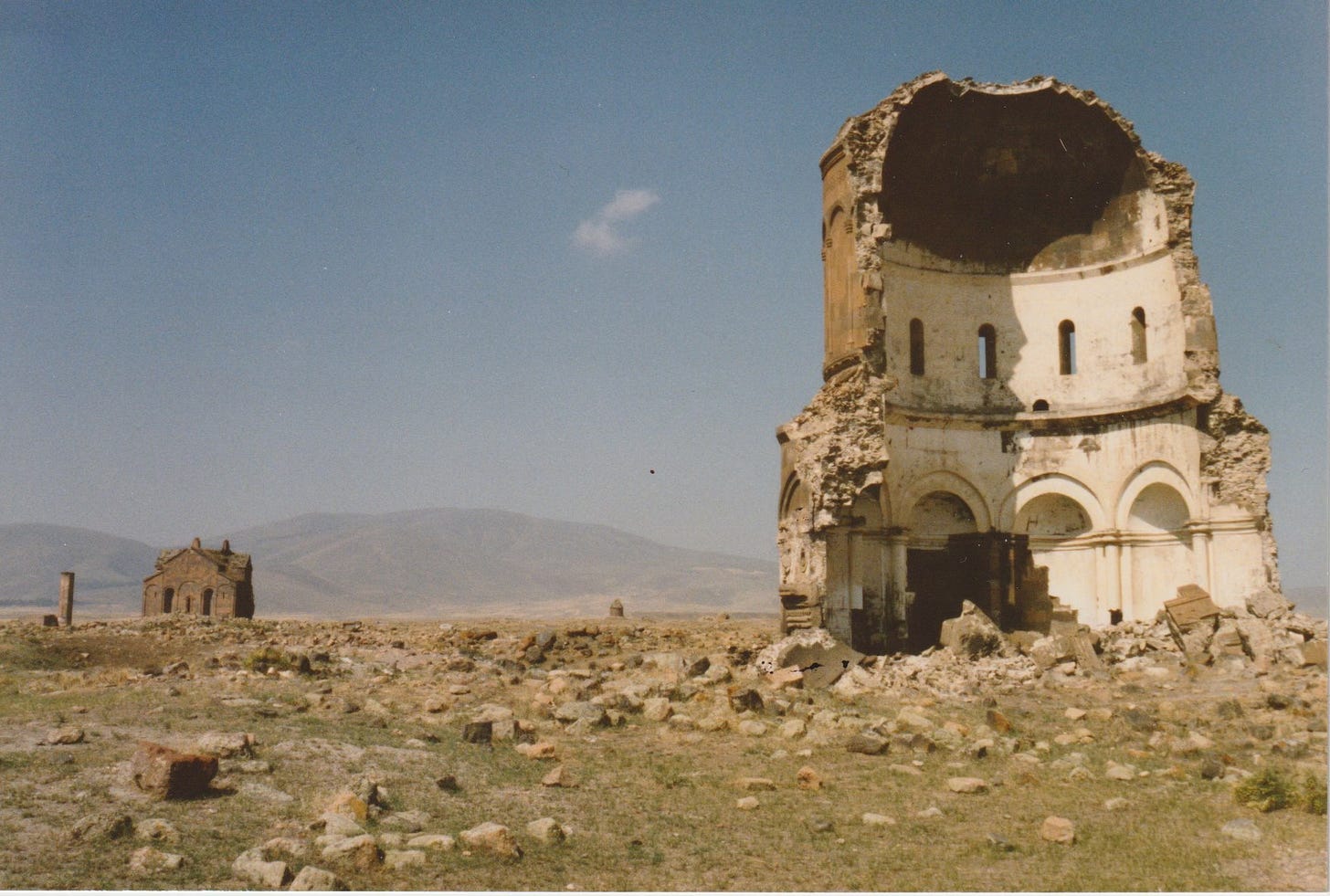
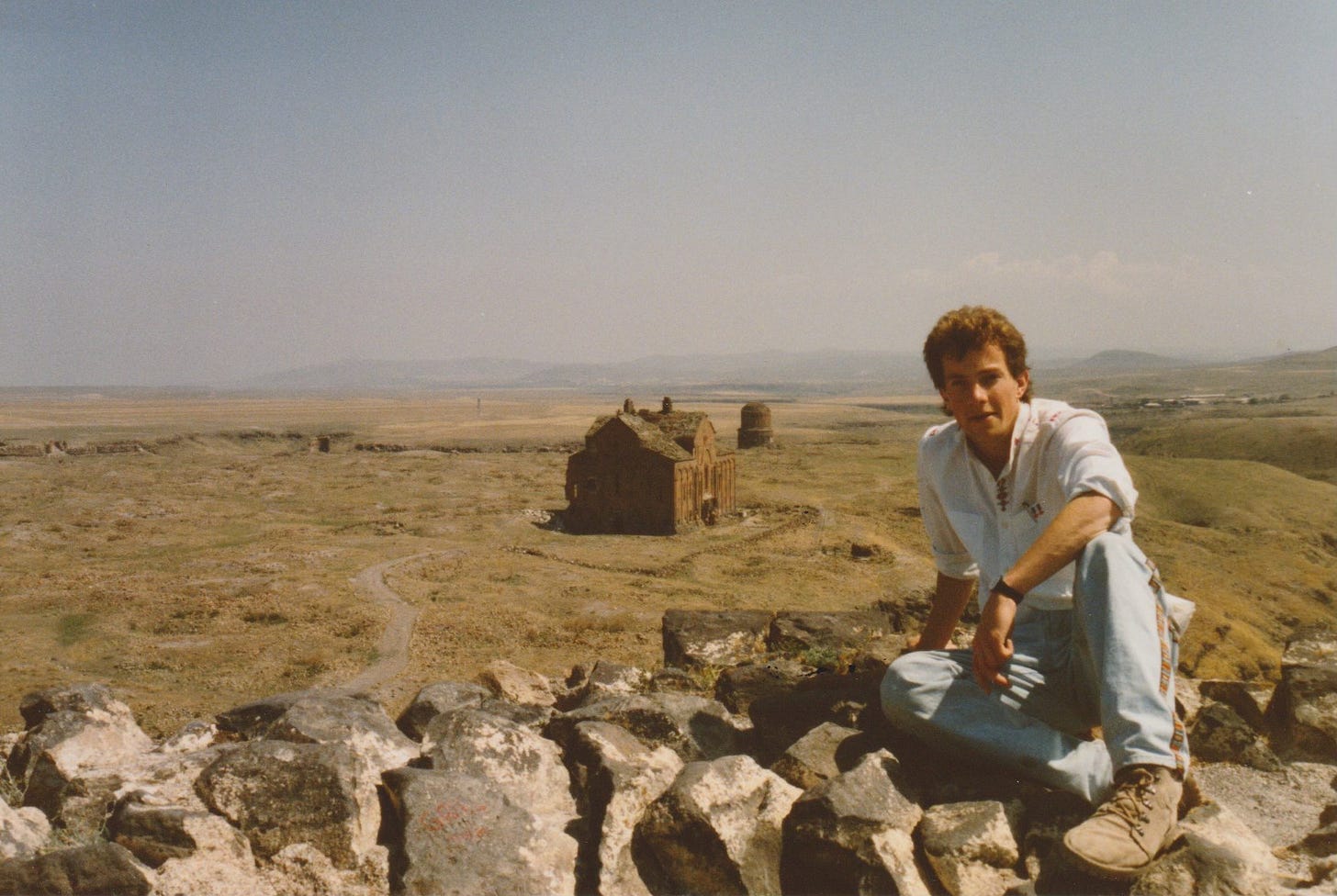
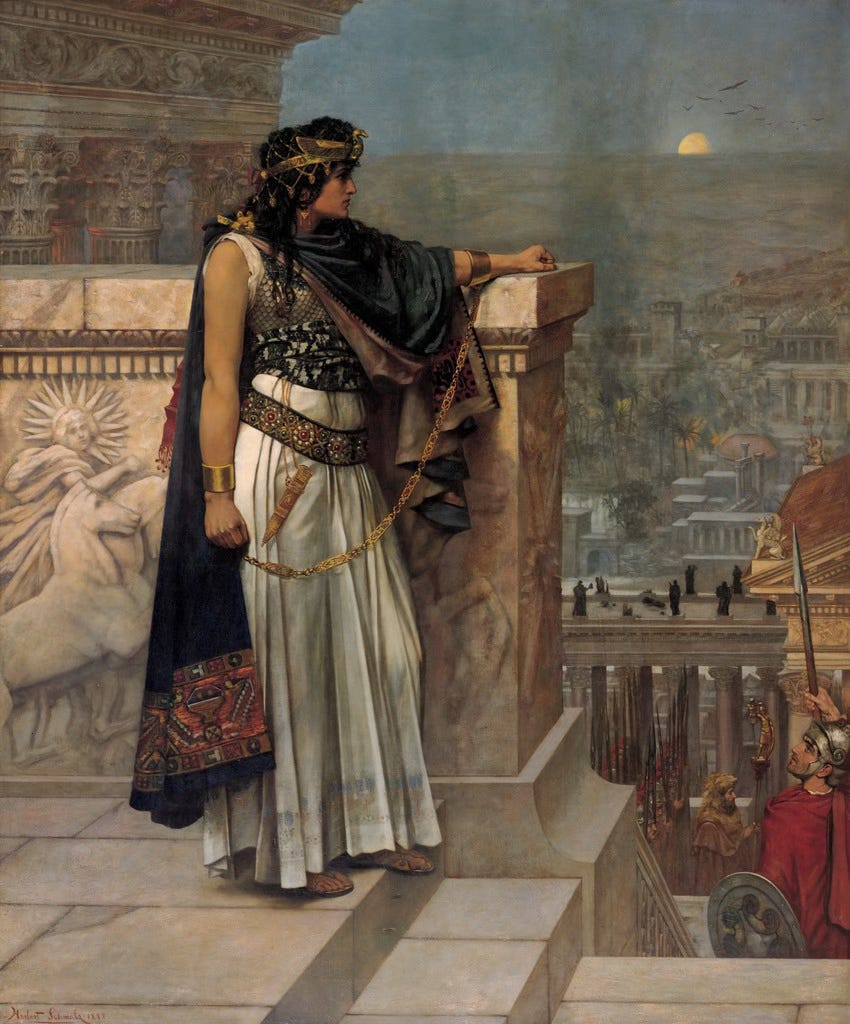
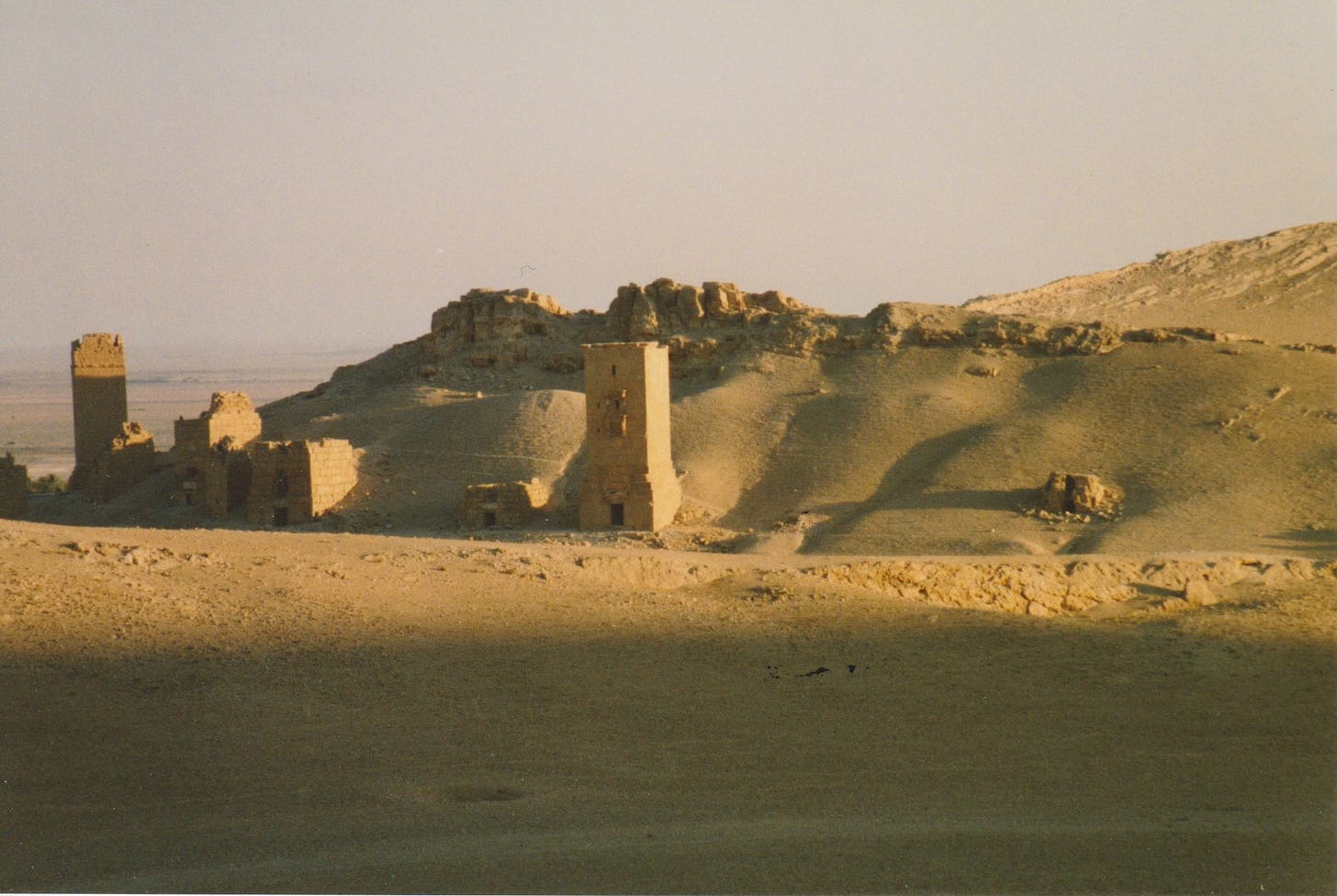
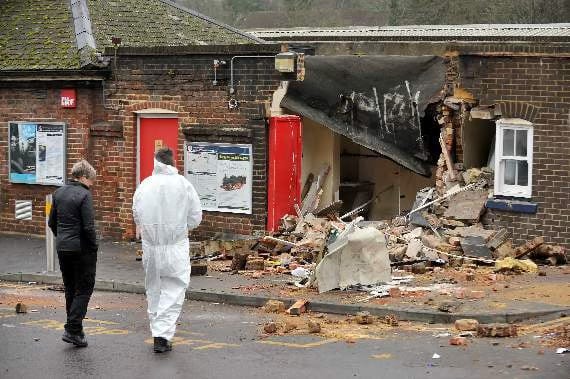
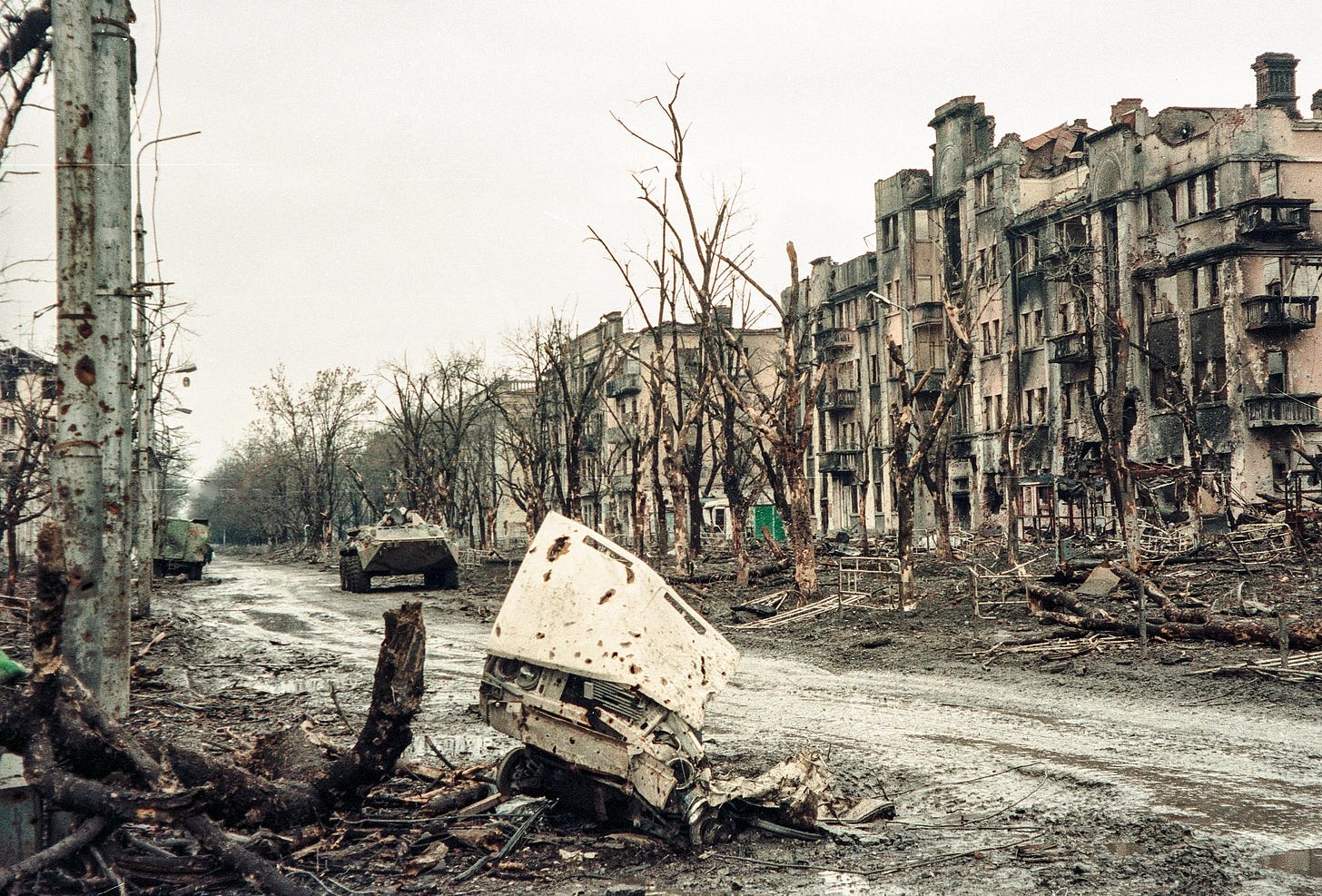
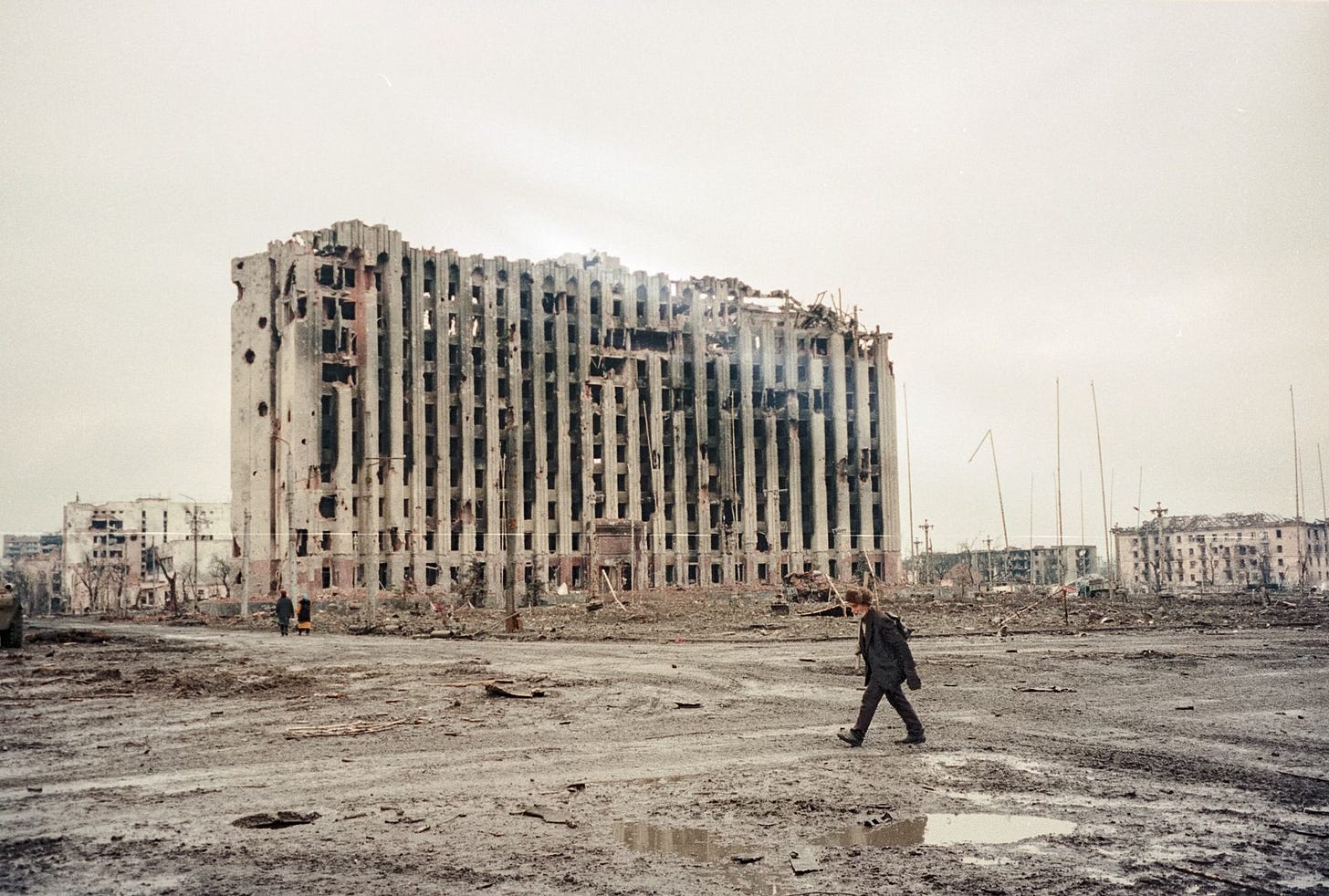
I think that after witnessing the aftermath of so many tragedies your capacity for empathy and acute awareness of other’s pain is like a super power. It’s very rare that someone who has experienced so much is not desensitized and full of compassion, seeing human stories and lives in all of it, not just the thrill of the “safari from which you can choose to return”.
Thank you for this very sobering and humane read!